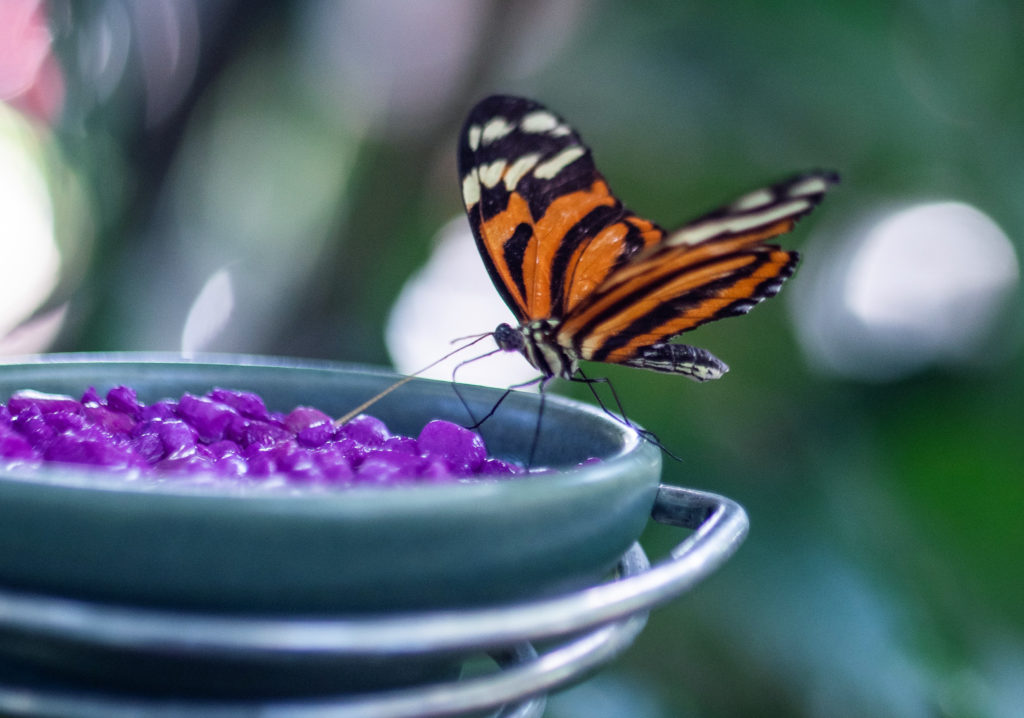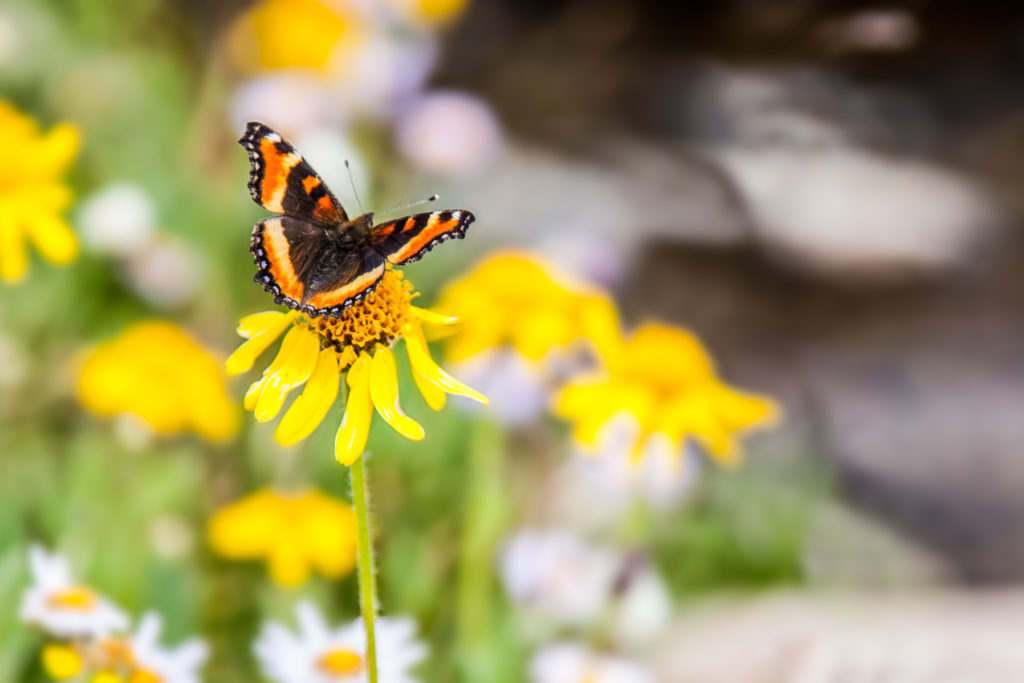How to Make a Butterfly Garden
There’s nothing more refreshing than spending time outside as temperatures warm and flowers begin to bud. And while spring may bring a long laundry list of chores, there are plenty of ways to turn your gardening into a fun and rewarding activity for the family.
Creating a butterfly garden is a great way to engage the kids while providing a safe haven to wandering butterflies. All you need to do is dedicate a little patch of your garden or yard to some butterfly-friendly plants and you’ll soon see these gorgeous insects flock to your little sanctuary!
Thanks to our wildly diverse ecological regions and a long growing season, Texas has more butterfly species than any other state. This means that, from the pine forests to the mountains and the subtropics to the deserts, you shouldn’t find it too hard to attract some jewel-bright creatures to your magical backyard. Here are a few tips on how to make a butterfly garden and create a welcoming space for our winged friends.
Making the Right Conditions
The right location is important when creating a butterfly garden. You’ll want to find a “Goldilocks” spot that offers the right amount of sun and shelter, and to make sure it’s safe for them to rest there.
- Sunshine: Butterfly gardens need a minimum of six hours of full sunlight, with peak hours from mid-morning to mid-afternoon.
- Shelter from the elements: Choose an area with several trees, where plants can be placed close together in the garden. This provides shelter from predators as well as the weather.
- Safe soil: It is important to note that pesticides will harm butterflies and caterpillars. Avoid using pesticides in your butterfly garden or the surrounding areas. In addition, take care to differentiate caterpillars from other pests. After all, they will become butterflies soon!
- Urban solution: If you don’t have a patch of dirt, don’t despair! You can always create a monarch rest station on your balcony. All you need is a three-tiered planter box, some milkweed, black-eyed Susans, and a little hydration station to make your own urban butterfly paradise.

Attracting a Kaleidoscope of Butterflies
Add a few butterfly-friendly gadgets to your garden to welcome weary travelers. A few alternative sources of food and water can help them recover.
- Help them hydrate: Butterflies get thirsty and need to hydrate, but unlike most animals, they cannot drink from open water. Fill a large bowl with wet, colorful stones to allow butterflies in your garden to safely hydrate.
- Hang sugar water: Butterflies also get hungry! Soak a natural sea sponge in sugar water and hang it near your garden to attract flocks of butterflies.
- Offer nutrients: Fill a shallow clay plate with a mixture of wet sand and manure to provide traveling butterflies with essential nutrients.
Choosing What to Plant
Texas butterflies love Texas flowers, and picking the right indigenous plants is an essential element of a hospitable garden. Each of the hundreds of butterfly species common to Texas has its own particular taste.
Monarch and queen butterflies are dependent on local varieties of milkweed such as antelope horn and zizotes and love the nectar of Mexican sunflowers and black-eyed Susans. Other butterflies prefer lantana, butterfly weed, thistle, and cassias. Planting breed-specific flowers will attract local butterflies to your garden and keep them well nourished.

Targeting Butterfly Species
Tailor your garden to attract different species of butterfly with this field guide.
Admirals
- Red-Spotted Purple (Astyanax): hawthorn, oak, poplar, wild cherry, willow
- Viceroy: apple, poplar, willow
- Weidemeyer’s Admiral: aspen, cottonwood, willow
Brushfoots
- Buckeye: gerardia, plantain, snapdragon, toadflax
- Gorgone Checkerspot: sunflowers
- Mourning Cloak: aspen, cottonwood, elm, willow
- Painted Lady: hollyhock, thistle, sunflower
- Question Mark: elm, nettle
- Red Admiral: nettle
Emperors
- Hackberry Emperor: hackberry
- Longwings
- Variegated Fritillary: pansy
- Milkweeds
- Monarch: milkweed
Swallowtails
- Black Swallowtail: carrot, dill, fennel, parsley
- Eastern Tiger Swallowtail: sycamore, willow
- Spicebush Swallowtail: sassafras, spice bush
- Two-Tailed Swallowtail: chokecherry, green ash
- Western Tiger Swallowtail: chokecherry, cottonwood, willow
Enjoy your magical butterfly garden! Learn how to welcome other flying creatures to your backyard with this bat box building guide and bird-watcher’s field guide.
© 2020 Texas Farm Bureau Insurance



